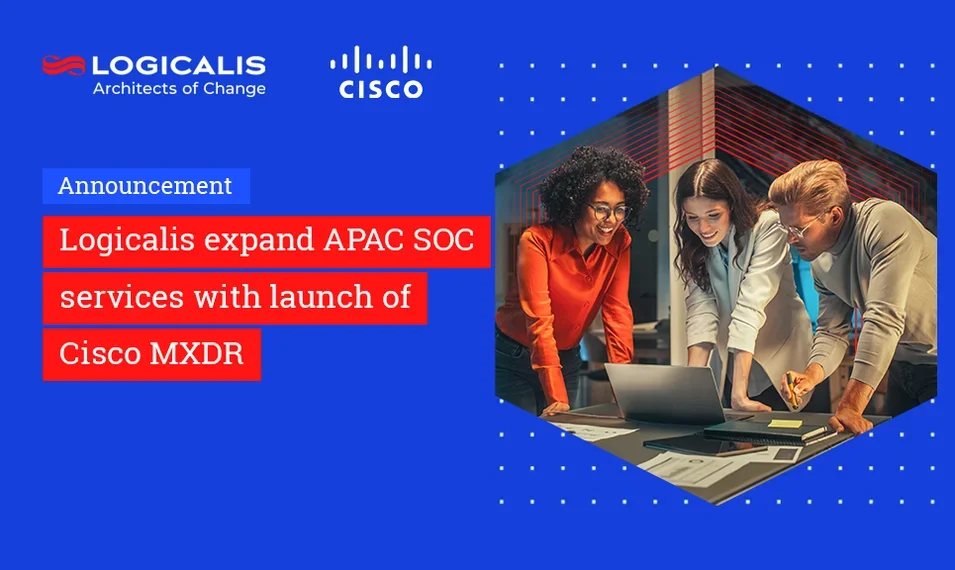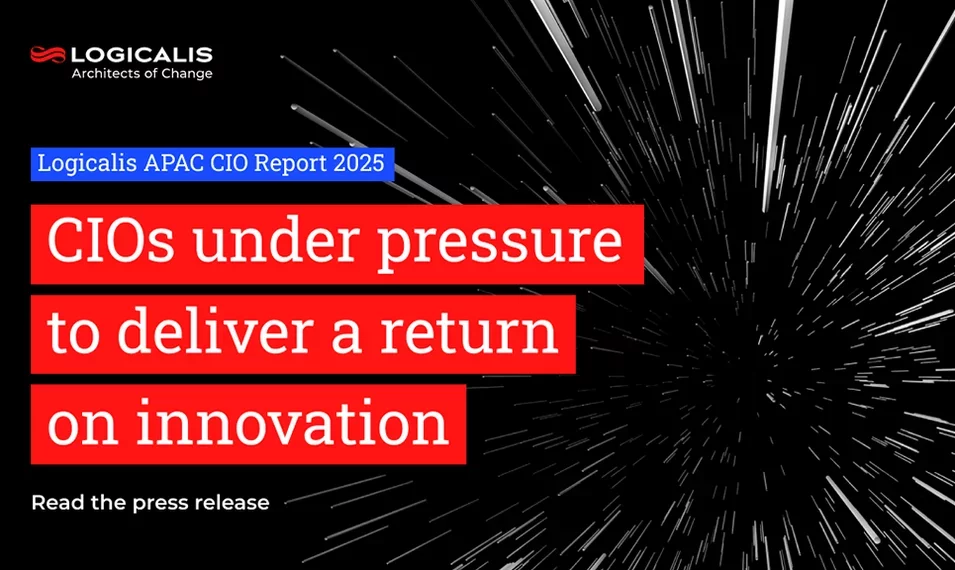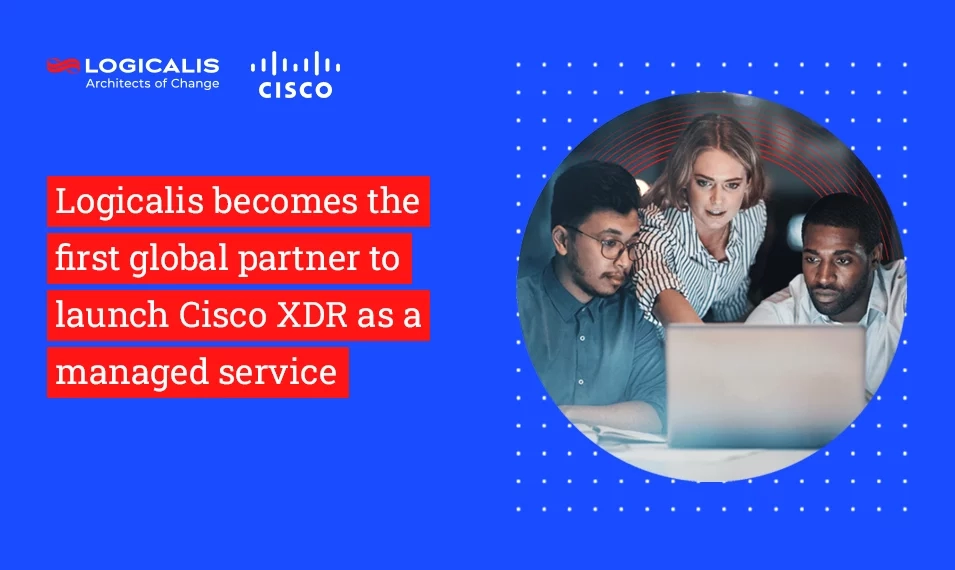
APAC, Apr 3, 2025
By now, most leadership teams know they need to do something with AI.
But the most common question we hear is:
“Where do we start?”
It’s a fair question — but many organisations answer it the wrong way.
They chase the flashiest use case, or the biggest opportunity, or what the vendor demo looked best doing.
But if you want your first AI initiative to succeed — to build trust, capability, and value — you need to start with what’s feasible, not just what’s exciting.
Why the First Project Matters So Much
Your first AI initiative sets the tone.
- If it works, it builds confidence.
- If it fails, it feeds resistance.
- If it’s over-engineered, it creates fatigue.
- If it’s underwhelming, it risks being ignored.
The right project gives you more than just results — it gives you momentum.
What Makes a Good First AI Project?
There are five traits we look for when helping clients choose their starting point:
1. The Problem Is Real and Understood
Pick something that frustrates the business. Something that’s already costing time, money, or risk — and that people actually want solved.
2. The Outcome Is Measurable
Define clear metrics from the start: hours saved, response time improved, errors reduced, decisions accelerated.
3. The Data Is Good Enough
Don’t choose the use case with the biggest data gaps. Start where the information is accessible, structured, and reliable — even if it's not perfect.
4. The Process Can Be Changed
Avoid areas with rigid workflows, legacy systems, or deep political resistance. You want a use case where people are open to working differently.
5. It’s Close to the Business, Not Just IT
Pick something where the outcome is visible to business users. This builds cross-functional support and creates organisational learning.
Examples of Strong First Use Cases
Here are some practical starting points we’ve seen work well:
- Automating classification of service tickets or support requests
- Forecasting inventory or demand with internal data
- Improving response time to customer queries using generative AI
- Identifying anomalies in finance or compliance workflows
- Summarising documents or case notes to reduce admin time
These aren’t moonshots — and that’s the point. They’re real, relatable, and valuable.
What to Avoid
Steer clear of:
- Use cases that depend on external data you don’t control
- Projects that require deep integration into legacy systems as step one
- Initiatives where the ROI is years away or too complex to explain
- Anything where you’re still unsure who owns the outcome
Your first AI project isn’t about maximum ambition — it’s about minimum resistance and maximum learning.
Your First Project Is Just the First Step
The best first project doesn’t just deliver results. It teaches your organisation:
- How to work with AI
- Where your data and governance challenges lie
- How to build cross-functional collaboration
- What success actually looks like
It becomes a template for what to do next — and a catalyst for building capability across the business.




